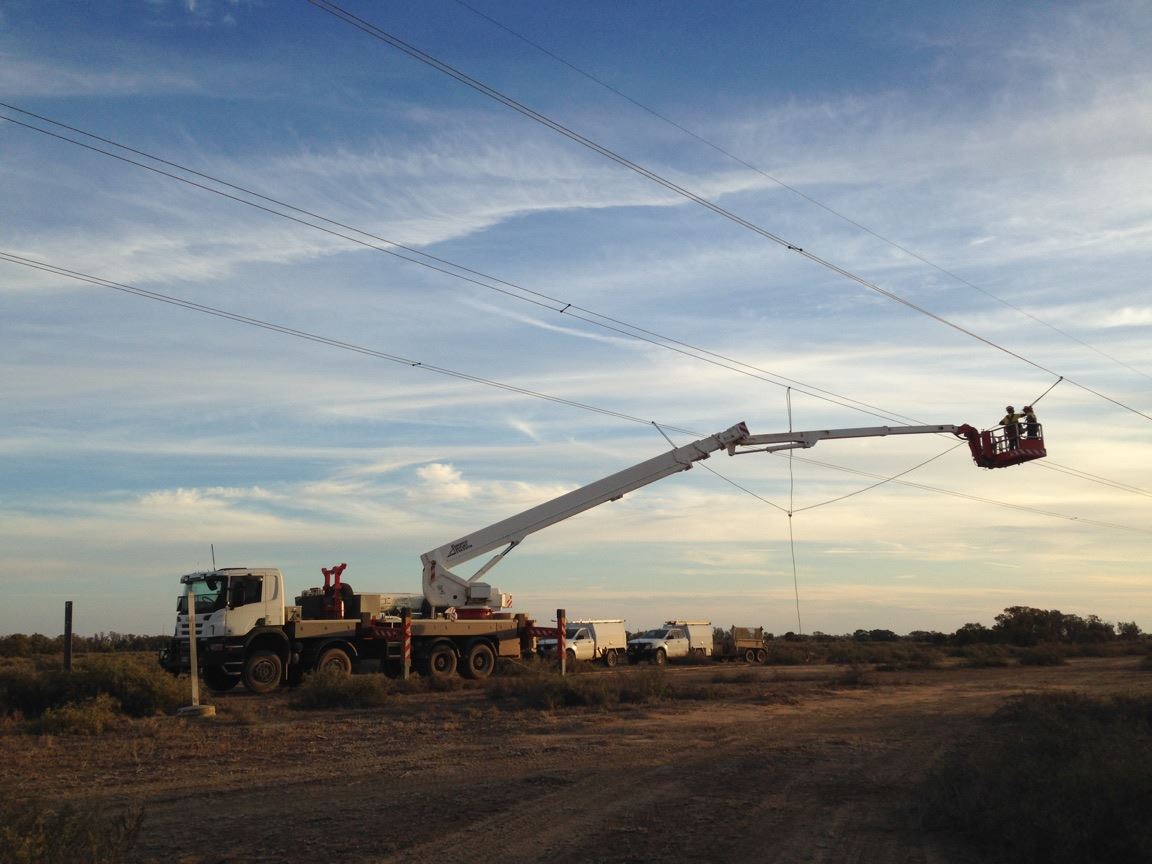The Australian Energy Market Commission (AEMC) will later this month usher in changes to the Direct Connection Access (DCA) framework which it believes will make it easier for large-scale wind and solar projects in close proximity to each other to share transmission assets built to connect to the grid.
The new rule, which comes into effect on July 22, replaces the current arrangements for large DCAs with a framework for Distributed Network Assets (DNAs) that treats material additions to the transmission system – usually transmission lines with a total route length of 30km or longer – as part of the transmission network, rather than as connection assets.
This allows for each connecting party to be treated individually in terms of meeting technical standards and settlement in the dispatch system and facilitates more efficient use of connection assets.
The existing arrangements allow connection assets to be shared but require all users to connect at the same point.
“This single connection point has created obstacles when multiple generators have sought to share assets, because they had to agree on one set of technical performance standards, a joint bidding strategy, share one transmission loss factor, and more,” the AEMC said.
“This effectively prevented multiple parties from sharing and led to under-usage of the existing infrastructure and a disincentive to invest in new infrastructure.
“With the new rule, these assets will be treated as part of the network, allowing the creation of multiple connection points so multiple generators can connect using their individual settings.”
Grid connection is rated by investors one of the most significant challenges facing large-scale renewable energy projects but the AMEC is confident the rule change will promote large-scale investment in renewables.
The AEMC described the rule change as a “win-win”, saying investors could recoup costs while the shared access would make connection costs lower for generators than under the existing rules.
“It is expected investment in transmission infrastructure will become more attractive to developers and investors as the new rule enables sharing of transmission assets as well as connection costs,” the commission said.
The AEMC expects the new arrangements will also enhance grid security and reliability, creating a single point of accountability and ensuring all material additions to the network are visible to the primary transmission network service provider for planning and operation purposes.
This content is protected by copyright and may not be reused. If you want to cooperate with us and would like to reuse some of our content, please contact: editors@pv-magazine.com.









By submitting this form you agree to pv magazine using your data for the purposes of publishing your comment.
Your personal data will only be disclosed or otherwise transmitted to third parties for the purposes of spam filtering or if this is necessary for technical maintenance of the website. Any other transfer to third parties will not take place unless this is justified on the basis of applicable data protection regulations or if pv magazine is legally obliged to do so.
You may revoke this consent at any time with effect for the future, in which case your personal data will be deleted immediately. Otherwise, your data will be deleted if pv magazine has processed your request or the purpose of data storage is fulfilled.
Further information on data privacy can be found in our Data Protection Policy.